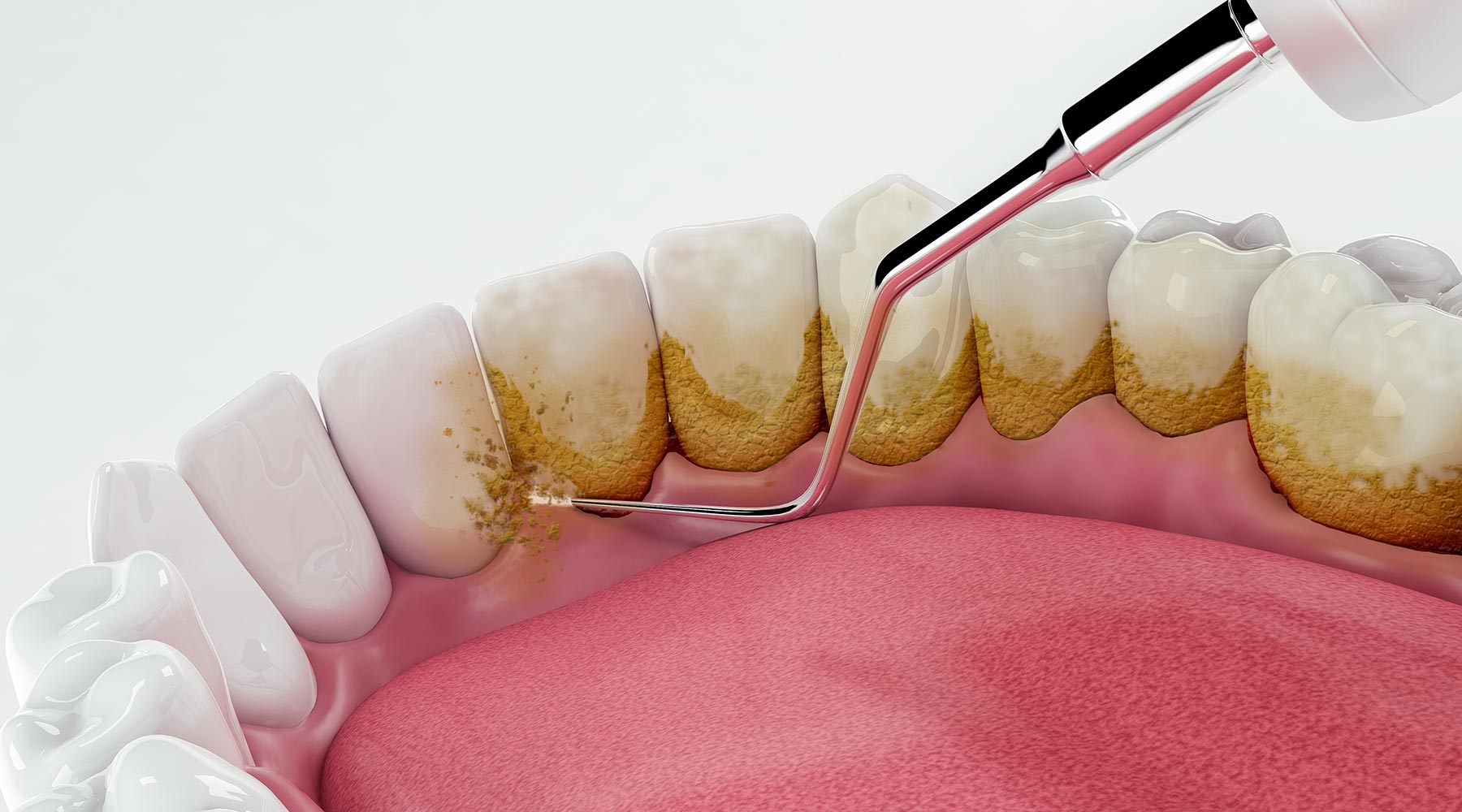A Brighter, Healthier Smile: The Importance of Polishing and Scaling Teeth

Introduction
A bright, healthy smile can be a significant confidence booster and a reflection of overall oral health. Among the various dental procedures available, polishing and scaling teeth are essential for maintaining oral hygiene and achieving that radiant smile we all desire. In this article, we’ll delve into the significance of polishing and scaling teeth exploring their benefits, procedures, and why they are crucial components of dental care.
Understanding Polishing and Scaling
Polishing and scaling are preventive dental procedures performed by dental hygienists or dentists. They are typically part of routine dental cleanings and aim to remove plaque, tartar, and surface stains from the teeth. While both procedures contribute to oral health, they serve slightly different purposes. Scaling involves the removal of plaque and tartar (calculus) from the tooth surfaces, particularly below the gum line. Plaque is a sticky film containing bacteria that forms on teeth, while tartar is hardened plaque that cannot be removed by regular brushing or flossing. Scaling is crucial for preventing gum disease and maintaining gum health. Polishing is the process of smoothing and shining the tooth surfaces after scaling. It helps remove surface stains, resulting in a brighter and smoother tooth appearance. Polishing also makes it more difficult for plaque to accumulate on the teeth, thereby reducing the risk of future dental problems.
The Importance of Polishing and Scaling
Gum disease, also known as periodontal disease, is a common dental problem caused by bacteria in plaque and tartar. If left untreated, it can lead to gum inflammation, gum recession, tooth loss, and even systemic health issues. Scaling helps remove the plaque and tartar buildup that can contribute to gum disease, while polishing smoothens the tooth surfaces, making it harder for bacteria to adhere. Regular brushing and flossing are essential for maintaining oral hygiene, but they may not always reach every nook and cranny in the mouth. Plaque and tartar can accumulate in hard-to-reach areas, especially below the gum line. Scaling ensures a thorough cleaning of these areas, reducing the risk of cavities, gum disease, and bad breath. Polishing not only improves oral health but also enhances the aesthetic appearance of teeth. Surface stains from food, beverages, and smoking can dull the natural brightness of teeth over time. Polishing helps remove these stains, resulting in a brighter, whiter smile. A radiant smile can boost self-confidence and leave a lasting impression. Plaque and tartar buildup not only contribute to gum disease but also increase the risk of tooth decay. The bacteria in plaque produce acids that can erode tooth enamel, leading to cavities and tooth sensitivity. By removing plaque and tartar through scaling, the risk of tooth decay is significantly reduced, promoting long-term dental health.
The Polishing and Scaling Procedure
The polishing and scaling procedure is typically performed during a routine dental cleaning appointment. Here’s what you can expect during the process. Before the procedure begins, the dentist or dental hygienist will examine your teeth and gums to assess the extent of plaque and tartar buildup. They may also take X-rays to detect any underlying dental issues. Using specialized dental instruments, the dentist or hygienist will carefully remove plaque and tartar from the tooth surfaces, paying particular attention to areas below the gum line. This process may involve both manual scaling tools and ultrasonic scalers, which use high-frequency vibrations to loosen and remove stubborn deposits. Once scaling is complete, the teeth are polished using a rotating polishing tool and a mildly abrasive polishing paste. This helps remove surface stains and smoothens the tooth surfaces, leaving them clean and shiny. Some dental practices may also offer additional polishing treatments, such as fluoride application, to strengthen the enamel and further protect against cavities. After polishing and scaling, the dentist or hygienist will provide you with personalized oral hygiene instructions to help maintain your newly cleaned teeth. This may include recommendations for brushing and flossing techniques, as well as advice on diet and lifestyle habits that can impact oral health.
Conclusion
Polishing and scaling are essential components of preventive dental care, playing a crucial role in maintaining oral hygiene and achieving a brighter, healthier smile. By removing plaque, tartar, and surface stains, these procedures help prevent gum disease, tooth decay, and other dental problems. Regular dental cleanings, combined with good oral hygiene practices at home, are key to ensuring optimal dental health and preserving your smile for years to come. So, don’t underestimate the importance of polishing and scaling—your smile will thank you for it!
